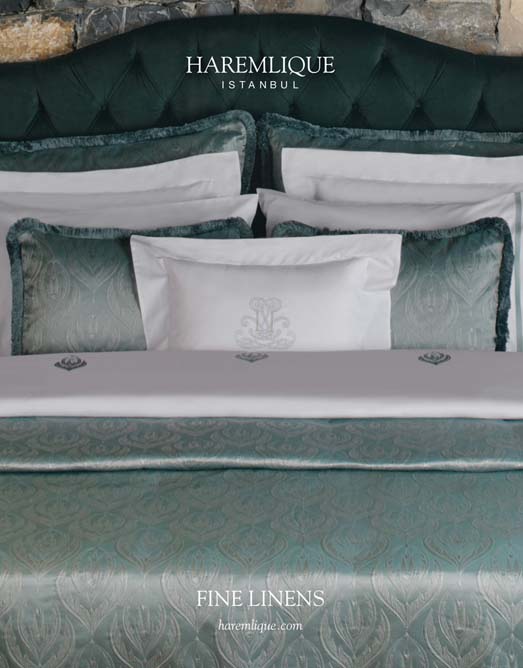Truthfully (a prefatory adverb that ought to set alarm bells ringing), I was just preparing a further blog on chansons last week, this time on the songs of Gabriel Fauré, when – lo and behold! – the editor of the august publication in which these pieces appear seized me by the (proverbial) collar and hissed: “Ditch Debussy! Forget Fauré! There’s this ’ere concert comin’ up, see? Now look sharpish!” The admonitory finger that was being waved in my face indicated that no nay-saying would be entertained, so I meekly acquiesced, thinking all the while of The Lost Chord, a poem by Adelaide Anne Procter that was set to music by Arthur Sullivan in 1877. The following is, I am obliged to confess, a somewhat redacted version:
Seated one day at the organ, I jumped as if I'd been shot
For the Dean was upon me, snarling 'Stainer - and make it hot.'
All week I swung Stainer and Barnby, Bach, Gounod and Bunnett in A
I said, 'Gosh, the old bus is a wonder!' The Dean, with a nod, said 'Okay'.
Marianne Crebassa, a native of Béziers in southern France, is an up-and-coming singer who is already making herself heard on the world’s concert platforms. Here is her Wikipedia entry and her profile on the IMG Artists website, which includes a link to this recording by her of a setting of Théophile Gautier’s poem Au pays où se fait la guerre’ (‘To the Country Where War Is Being Waged’), by Henri Duparc (1848–1933). Marianne Crebassa’s accompanist is James Baillieu:
Of Mr Say’s pianistic skills and his musicianship, as evidenced by the superlative playing in the video above, I have nothing but praise. His compositions, however, are another matter, and one on which I have already expressed my views. That being said, the two works that are part of the concert are highly political in nature. In consequence, I will refrain from making any comment on them in this strictly musical blog.
The first item in the concert at the Wigmore Hall. is Debussy’s song cycle Trois Mélodies de Paul Verlaine. The titles of the three songs are as follows: La mer est plus belle, Le son du cor, L’échelonnement des haies. Here is a link to the Oxford Lieder website, where you will find English translations by Richard Stokes (Professor of Lieder at the Royal Academy of Music) of a large number of French songs that have been set to music by various composers. For Debussy, Fauré and Ravel, just click on their photographs. For Duparc, go to the letter D in the alphabet menu at the top.
Debussy’s Trois Mélodies de Verlaine were composed in 1891. YouTube kindly offers us a performance by Messrs Crebassa and Say:
Those with scholarly inclinations may appreciate this analysis of the songs by Arthur B Wenk in his Claude Debussy and the Poets. For the Trois mélodies, you will need to scroll down to page 120.
David Code’s article in the Scottish Music Review on Debussy’s song cycles is likewise academic – even more so, in fact. After a discussion of the triptych in painting, another on the song cycle as art form and a chart comparing the composer’s various song cycles, he gets down to describing Trois mélodies de Paul Verlaine under the heading ‘The first two Verlaine triptychs’ on page 10 – to which you might wish to scroll down. As an added bonus, there is an analysis of the first song of the three.
The next item on the programme is Eric Satie’s Trois Gnossiennes for solo piano, composed in 1890 – the year he met Debussy. At the time, Satie was playing the piano in a cabaret bar by the name of Le chat noir. The Wikipedia entry for these pieces is fairly detailed.
Especially for readers of Turkish, here is an account (with visuals that should appeal to everyone) of the friendship between Satie and Debussy. There is a nice photograph of the duo taken in 1911. Scroll down even further for a short video of scenes from Parade – a ballet conceived by Jean Cocteau for the Ballets Russes. The music is by Satie; the original set and costumes, meanwhile, were designed by Pablo Picasso.
The titles of Satie’s pieces are a hoot: how about, for instance, Trois morceaux en forme de poire (‘Three Pieces in the Shape of a Pear’)? Anyway, here is Mr Say playing Gnossiennes Nos 1, 2 and 3 (one in each video) with – I have to say it – lots of pedal. No 1 is unfortunately cut off half way through, but 2 and 3 are complete:
Now, a video of Mr S playing Gnossienne No 1 in unusual circumstances:
Following the Satie, we are to hear Fazıl Say playing two pieces from Book 1 of Debussy’s Préludes: La cathedrale engloutie (‘The Submerged Cathedral’) and Minstrels. Happily, there are YouTube recordings of the man himself playing them:
The first half of the concert concludes with Maurice Ravel’s Shéhérazade, first performed at the Société Nationale de Musique in Paris on May 17, 1904. (Ravel was yet another Pisces, by the way. His Moon was also in Pisces, and he had a Scorpio Ascendant opposite Neptune – lots of water sloshing around here! This week Venus is squaring Neptune – just as it was when Ravel was born.) Shéhérazade consists of settings of three orientalist poems by Tristan Klingsor (real name: Léon Leclère, 1874–1966). This should be a high-quality experience: of all the items in the programme, this is the one I am most looking forward to. The Wikipedia entry below has English translations of the songs. Ignore the part about the overture, and scroll down to ‘Shéhérazade song cycle’:
Here is a video of Messrs Crebassa and Say rehearsing Asie, the first piece of the three:
And now, yippee! (or, to adopt a more contemporary form of exclamation, ‘yay’!) a studio recording of the whole work:
Shéhérazade was originally written for orchestra and mezzo-soprano. The quality of Ravel’s orchestration is quite remarkable considering he was a mere stripling of 29. With apologies to Ms Crebassa for not having been able to locate a YouTube recording of her singing this work with an orchestra, I now present a performance by Anne Sofie von Otter with the Cleveland Orchestra, conducted by Pierre Boulez:
The programme notes under the YouTube version are worth reading. Here are some more, this time by James M. Keller on the San Francisco Symphony website, and by Howard Posner on that of the Los Angeles Philharmonic (LA Phil):
The second half of the concert begins with two songs by Gabriel Fauré (1845–1924) from the cycle of four entitled Mirages, written in 1919. Here is the relevant Wikipedia entry.
Marianne Crebassa and Fazıl Say perform the first and last of the four – Cygne sur l’eau and Danseuse. Taurean Fauré did not stray too far from the familiar pastures of conventional form, but nevertheless his elegance and his subtlety make up for the lack of adventurousness. Bulls may offend the more iconoclastic boundary-breachers among us by snorting in derision at the ‘silly safaris’ they indulge in, but we should never forget that Taurus is the home sign of Venus, Goddess of Beauty and Harmony. Fauré’s songs are eminently graceful, as I hope to demonstrate in my forthcoming blog on his contributions to the chanson genre.
In this video, his Mirages cycle is being performed by … none other than Ms Crebassa and Mr Say. Bullseye again!
Finally, there will be two songs by Duparc: his Chanson triste and the already-mentioned Au pays où se fait la guerre. Here is Chanson triste:
And now an article from the Encyclopedia Britannica website.
If you want to know more about the development of the mélodie – the French art song – click on that word at the bottom of the article (under ‘Learn More’). In this summary, we learn that ‘One of [César] Franck’s pupils was Henri Duparc, whose 16 songs (composed between 1868 and 1877) became the cornerstone for one of the most important and cherished genres of French music.’
Whenever and wherever you choose to tune in, I wish you lucky listening!






